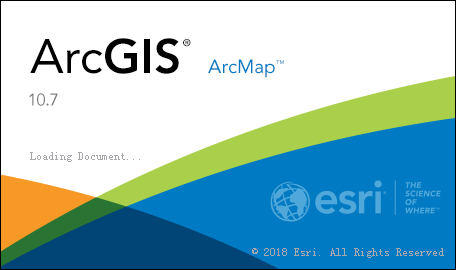Taaffe, Morrill and Gould (TMG) Model
Taaffe, Morrill and Gould, in 1963, undertook a comparative
analysis of the development of transport in developing countries and they were
able to show that certain broad regularities permitted “a descriptive
generalization of an ideal typical sequence of transportation development”.
Their spatial model of transport network development in
developing countries has proved to be a valuable help in the understanding of
transport development and has been widely applied. The model which Taaffe and
his colleagues devised was based upon Ghanaian and Nigerian experience, but it
has been found to be applicable to other developing lands, for example, in
Latin America.
 |
| TMG Model |
Taaffe et al. identified six
stages in their sequence of transportation development. Figure 3.3 illustrates
the sequential stages in the evolution of the transport network. The first
stage consists of scattered settlements and small ports along a coast, which
arose from colonial occupation. Such coastal settlements developed trading
functions, though in the beginning these were of a very limited nature and, in
consequence, their hinterlands were very restricted.
Furthermore, there was little
lateral inter-connection between the scattered settlements, except for those
effected by native fishing craft of occasional trading ships. The second stage
evolved slowly but gradually as lines of inland penetration developed and some
of these which linked up mining settlements or centers of population became
more important than the others.
With the emergence of these major
lines of penetration, often linked to the best located of the coastal ports,
port concentration begins to develop and these commence to grow at the expense
of their neighbors, some of which eventually disappear as trading centres or
at best linger on as relict ports. This second stage goes on, hand in hand with
the growth of an efficient administrative system and, more particularly, with
the expansion of production for export.
The third stage is marked by the
development of ‘feeder’ routes which focus more particularly upon the main
ports and the more important centres in the interior. At the same time, as the
growth in the export trade stimulates economic expansion generally in the
hinterland, a number of intermediate centres begin to develop along the major
access routes. In the fourth stage, these intermediate centres begin to develop
into nodes which become focal points for feeder networks of their own.
The beginnings of lateral
interconnection also takes place with lands between the major ports and the
major inland towns being affected. Stage five sees the emergence of complete
interconnections as the various feeder networks grow around the ports, major
inland centres and main-line nodes and begin to link up.
Finally, in stage six, as the
economy becomes more developed and integrated, all the principal centres and
many of the minor centres are linked together in the transport system, while a
number of high priority trunk routes develop which link the largest or most
important centres.


Comments
Post a Comment